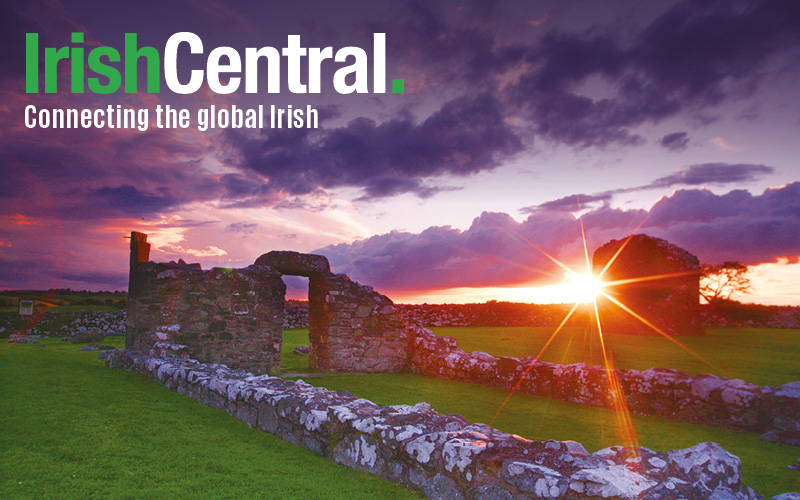A new project spearheaded by the Irish embassy in Korea has redefined the two countries earliest date of interaction. The project, which is described as “living” and ongoing, is calling for readers to include their own knowledge of the two countries histories.
The Korean Herald reports that the new information reveals that Ireland and Korea’s first date of interaction in 1871, earlier than originally thought. The project, whose information now exists online, calls for readers to add their own narratives and knowledge to the site in order to help the project grow.
Irish Ambassador to Korea Eamonn McKee discovered that Colonel Hugh McKee, who he also learned to be a distant relative, came on the USS Colorado to Korea as part of a raiding party in 1871.
The ambassador said: “He [McKee] led a group, which included four Irish-born men, the first to reach Korea as far as we know ― very regrettably from an Irish diplomatic point of view.
“They attacked a garrison on Ganghwa Island, near Seoul, and it seems that Pat Dougherty from Ireland killed General Yeo in the process. Col. McKee died from wounds sustained in the raid and the Irish-born U.S. Marines won Medals of Honor.”
Though the incident may not be considered a proud one for the Irish, a later relative of McKee visited the monument of General Yeo and met the general’s descendents there about 25 years ago to achieve reconciliation.
“We are, needless to say, hoping to find an Irish person who got to Korea before them with more peaceful intentions,” he added.
While Colonel McKee’s Korean wasn’t a necessarily peaceful one, Irish missionary Charles Morris lived and worked in Korea for 26 years until his death building churches and schools in the country.
Morris was born in Ballyhuppahaun, County Laois in 1869 but had emigrated to the U.S. at the age of 19 following the death of his parents. Much of Morris’ story was retold to the embassy via email communication with his granddaughter Janet Dowling.
Morris met his wife Louise Ogilvy in Korea in 1901, and wed in 1903 in Kobe, Japan. The two worked together as missionaries.
Together, they lived in Yongbyun, in what is now North Korea, from 1905-1912. It was there that Morris established the area’s first church; he went on to establish 49 more in ten regions over the space of five years. He reportedly trained eight ministers and elders, and baptized 3,193 believers during the same period. He also established two schools and opened a medical dispensary.
Morris died in Wonju, where he became district superintendent, due to disease from overwork in Seoul’s Severance Hospital on Jan. 18, 1927.
In 1925, Morris was honored with The Morris Memorial Church built in Yongbyun. Morris was invited to the dedication ceremony to mark the 25th anniversary of his work ― a gesture which historians say shows that the local people thought of him as their great benefactor.
Dowling, Morris’ granddaughter, said “My grandparents gave their lives to their work in Korea and loved the Korean people, but with so much of their time in North Korea one wonders about their contribution. But it appears that they were truly loved when they were there. My grandmother stayed on in Seoul until 1940, when she was forced to leave with all the other missionaries, and she died a year later.”




Comments